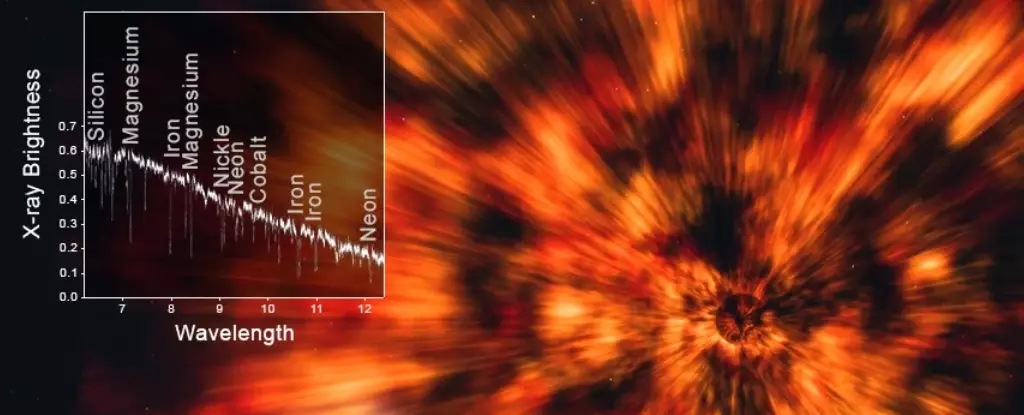One of the prevalent misapprehensions surrounding black holes is their supposed ability to erase not just matter but also the intricate histories tied to that matter. The allure of the abyss paints a picture of cosmic voracity, suggesting that once something crosses the event horizon, all traces of its existence are obliterated. However, this notion doesn’t stand up against emerging astronomical findings. Recent research indicates that we might still glean stories from the universe’s most enigmatic structures, particularly from the elements and emissions produced in their gravitational kingdoms.
The Remarkable Case of GRO J1655-40
A striking example in understanding these cosmic giants emerges from the binary system known as GRO J1655-40. This system features a black hole roughly seven times the mass of our Sun, paired with a companion star weighing over three solar masses. The narrative of GRO J1655-40 does not just end with the presence of a black hole; rather, it begins with the explosive demise of a once-mighty star—a supernova, which not only heralds the birth of a black hole but also scatters its history and remnants into the cosmos.
By delving into archival data gathered from the Chandra X-ray Observatory, researchers have skillfully pieced together the origins of this black hole. This 2005 data, collected during an unusually luminous period for the system, equipped astronomers with spectral analysis capabilities. This analysis unveiled the existence and quantities of 18 distinct elements surrounding the black hole, thus offering a glimpse into the circumstances of its birth.
Stellar Archaeology: Reconstructing the Past
Herein lies the artistry of what can be termed “stellar archaeology.” The relationship between the characteristics of the progenitor star and the resulting elements provides crucial insight into its initial conditions. The study unveiled a progenitor star with a staggering mass of 25 solar masses, indicating that it was a disproportionately dominant figure in its binary pairing. Most of the matter from this original star was lost—either expelled during the violent supernova or gradually shed through stellar winds. This process reveals not just the lifecycle of stars but also highlights how they interact within their systems and contribute to the galactic ecosystem.
By scrutinizing the elemental composition and their relative abundances, astronomers are not merely observing remnants; they are engaging in a form of cosmic detective work. This method of analysis holds the transformative potential to unlock the secrets of other binary systems, enriching our understanding of stellar evolution. Insights gained could redefine our models of dying stars and elucidate the pathways leading to black holes and neutron stars.
Implications for Cosmic Evolution
As researchers continue to unravel the threads of stellar evolution through advanced observational techniques, we find ourselves at the brink of reimagining what we know about the universe. The findings regarding GRO J1655-40 exemplify that black holes, often perceived as relentless destroyers, also serve as custodians of cosmic history. By learning about their progenitor stars and the aftermath of their lives, we can grasp the broader implications on stellar dynamics and the lifecycle within our universe. This kind of knowledge not only enriches astronomy but also deepens our connection to the intricate tapestry of which we are all a part.


Leave a Reply